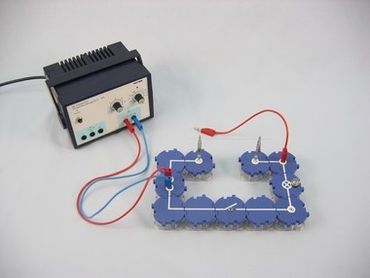setTimeout(function(){
window.print();
},500)

Technical data The safety fuseArticle no: P1372200  Principle Damaged leads or defective electrical equipment can lead to short-circuits. The actual piece of electrical equipment - or more accurately, its resistance - are hereby circumvented. The result is an inadmissibly high current, which can cause a fire to break out because of the resulting excessive heating up of current-carrying parts. In this experiment, students should learn the principle on which the simplest and oldest safety device, the safety fuse, functions. Benefits
Tasks How can electrical appliances be protected from catching fire when a short-circuit occurs? Set up a circuit containing a model of a safety fuse and use it to examine the function of an electric fuse. Scope of delivery
| |||||||||||||||||||||||||||||||||||||||||||||
PHYWE Systeme GmbH & Co. KG
Robert-Bosch-Breite 10 – 37079 Göttingen – Germany
www.phywe.com
Robert-Bosch-Breite 10 – 37079 Göttingen – Germany
www.phywe.com

